
Chapter 1
The move to subscription models is underway and gaining pace
As tech companies transform to new sales and marketing models, they’ll need to reorganize their operations to power growth.
One of the clearest outcomes from our research is that a seismic shift is underway from direct sales to subscription models, which pairs seamlessly with the uptick in remote working. This is a trend that’s been highlighted by other studies and our survey confirms that the transition to subscriptions has now become mainstream and is accelerating, which could become critical as the world adapts to new virtual work environments.
Seismic shift
75%of organizations selling direct to consumers will offer subscription services by 2023.
The drivers for this shift? Evolving customer behaviors and dynamic market conditions mean subscription models are increasingly key to tech companies’ ability to increase revenue streams, build long-term customer relationships and ensure smooth, frictionless delivery of products and services. The benefits of subscription models have already been validated by industry leaders including Microsoft, one of the first software vendors to make the switch. Having launched Office 365 on the cloud in 2011, the company announced plans in 2015 to move to subscription services, as its enterprise customers for Office 365 were likely to be customers for more Microsoft services. The move resulted in an 80% boost to revenue per user.
Given potential benefits on this scale, our study shows that most of the tech industry is now following suit–with 12% of respondent companies having already shifted to subscriptions, over 50% in progress, and almost 30% considering it. This leaves just 8.5% of companies sticking with the traditional model.
Innovating sales
8.5%of tech companies plan to stick with their traditional sales model, according to an EY study.
Planning to shift – but not ready yet
EY research shows that over 90% of technology organizations are planning or in the process of shifting to a subscription-based model–but only 55% consider themselves to be ready for the shift.

Which of the following best describes your organization's shift to a service/subscription model?
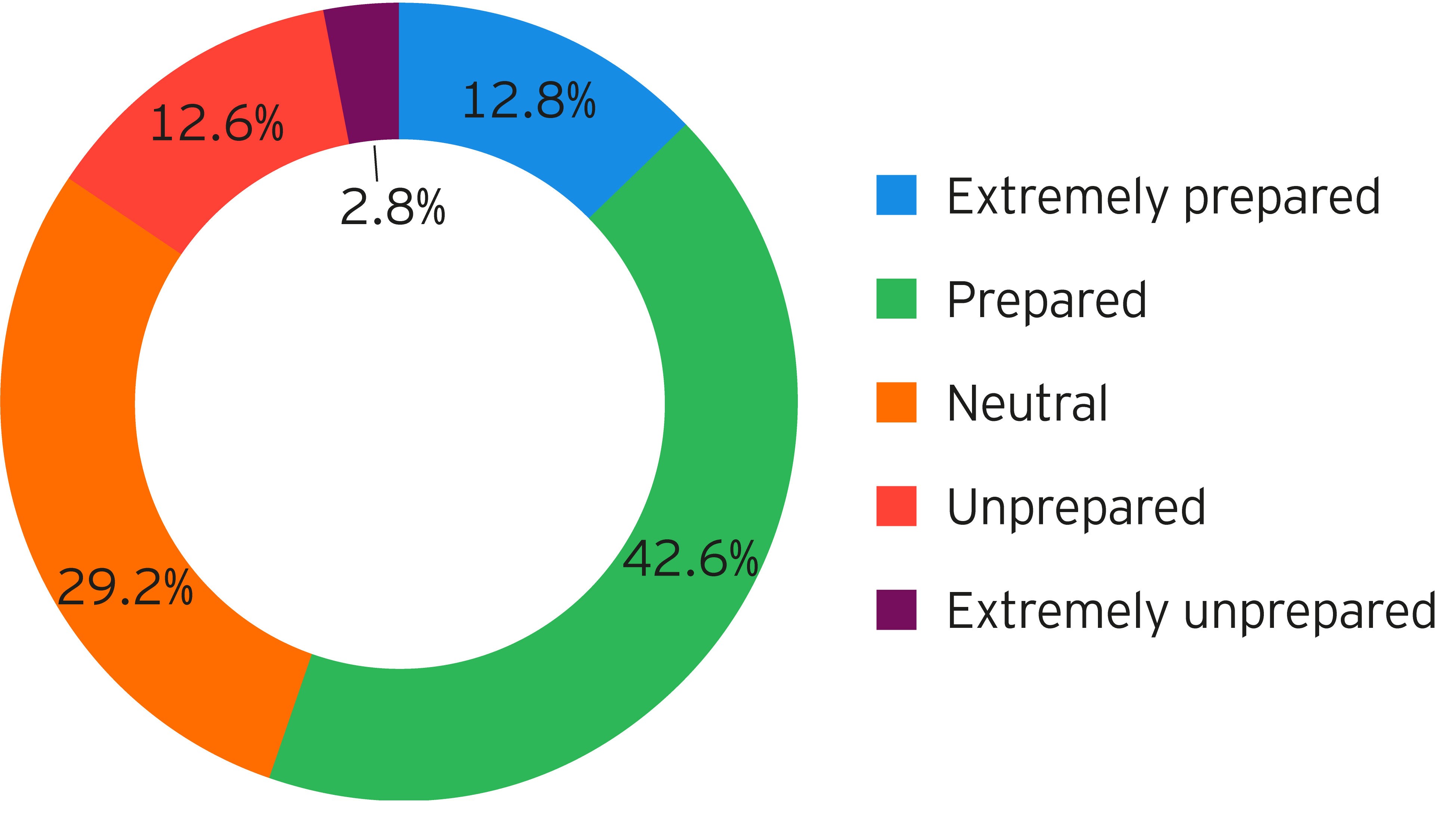
State of organizational readiness at your organization to support the expansion into new models
…and many companies are not ready for the shift
However, while the vast majority of tech companies see selling via subscriptions as the future for their business, many are not yet ready for the switchover. Almost 45% of the companies we surveyed are either unprepared for the move or unsure about their organizational readiness. And only 56% believe their marketing team is properly prepared to support digital go-to-market activity.
Given this lack of readiness, enterprises recognize that they need to reorganize their sales and marketing functions if they’re to reap the full benefits of a subscription model. They see the biggest challenge with the changeover as being how to communicate a compelling value proposition to customers. And they regard their biggest skills gaps as being in solution selling and digital selling.
To help fill these gaps, most respondents are seeking to recruit new talent into their sales teams. And they regard the most urgent need to upskill their existing staff as being in their customer success organizations and customer support.
Related article

Chapter 2
Challenges of meeting expectations around customer engagement
As tech companies make the dramatic shift to consumption models, sales and marketing must anticipate and satisfy customer needs.
As organizations navigate the shift to subscription models, they must ensure they satisfy the needs of both their internal and external stakeholders. Externally, this means having the right customer engagement experience – while internally, workforce engagement is key. Our findings indicate clearly that companies need to raise their game in both these areas to make the shift to subscriptions successfully.
Uncertain of their ability to provide a seamless experience
Around 44% of technology organizations are unsure whether their existing processes across marketing, sales and service are sufficient to enable a seamless experience for customers. And 45% say the same about their current data strategy and tools used in marketing, sales, service and customer success.
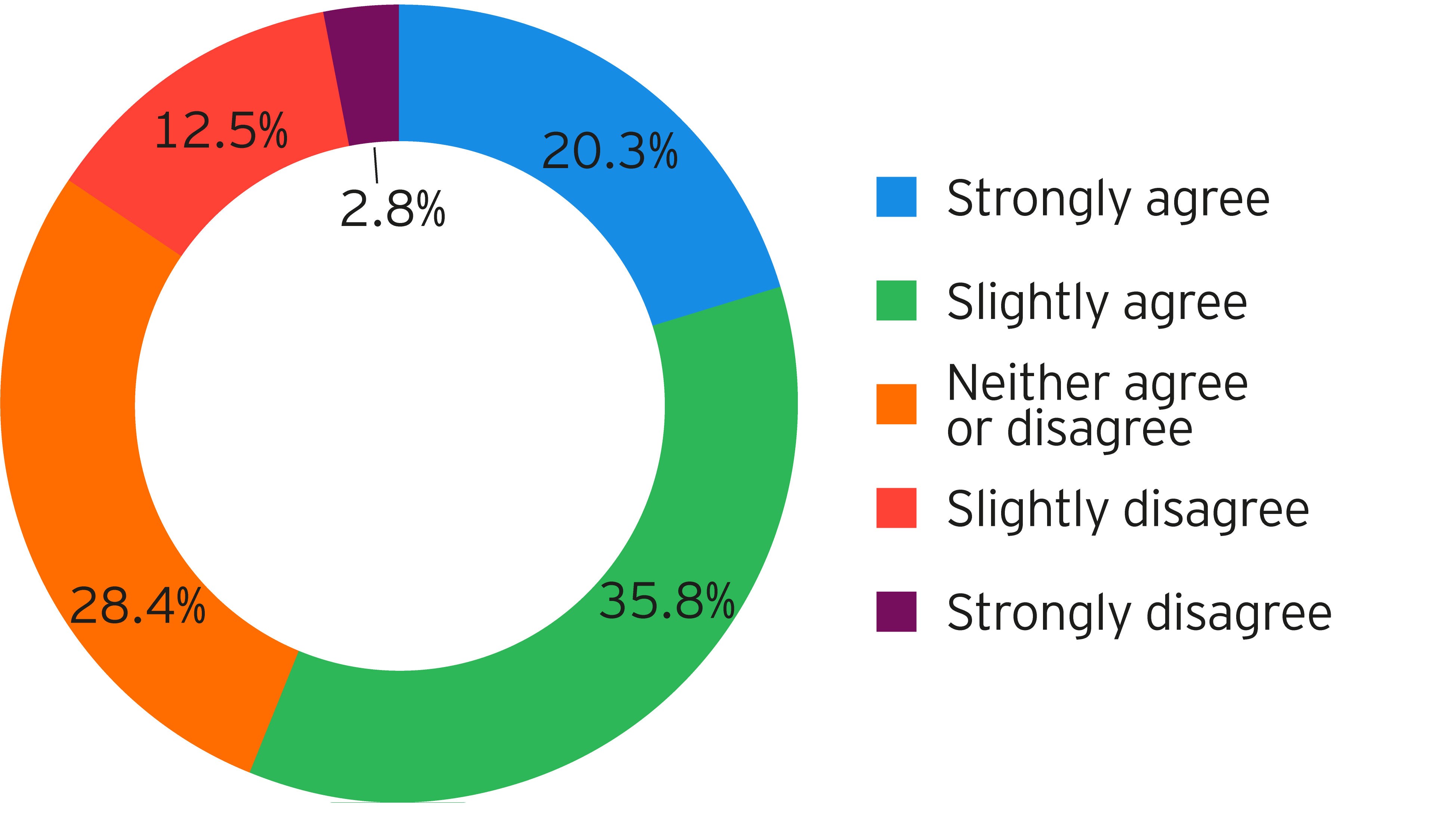
My organization has clear established processes across marketing, sales and service that enable a seamless experience for customers
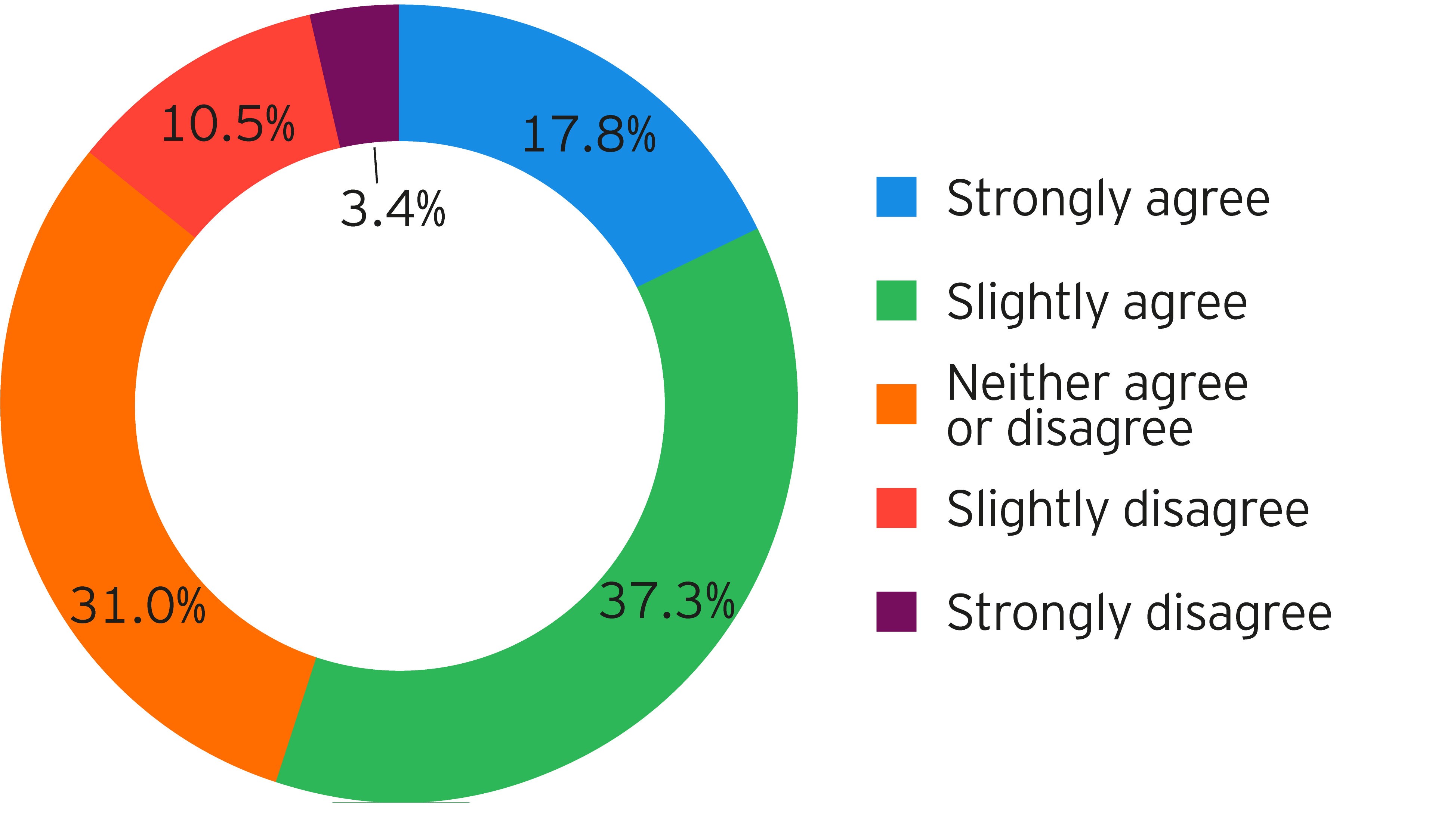
My organization has the right data strategy and tools in place for marketing, sales, service and customer success teams to enable a seamless customer experience
Turning first to customers, subscription models call for intensive customer engagement and an ability to work more closely with customers – who will now be buying the experience, not just the product or service. To win over and retain subscription customers, what’s needed is a seamless and frictionless engagement experience.
However, our survey reveals gaps in readiness that may hamper organizations’ ability to provide such an experience, including low confidence that their current processes and data are capable of enabling it. Also, companies say their biggest challenges in ensuring a consistent customer experience are a lack of high-quality customer insights and consistent costumer segmentation, with 17% saying their current tools don’t provide them with actionable insights on existing customers.

Chapter 3
The need for skills and talent
As tech companies shift to consumption models, they must transform, motivate and reskill their sales and marketing teams.
In terms of internal stakeholders, tech companies are aware that the shift to a subscription business model brings significant implications for their workforces. As a result, many are now re-evaluating the existing skillsets in their sales and marketing teams. For example, value-based discussions are key to selling in a subscription environment–but almost half the organizations in our survey don’t think their sales teams are currently equipped to have such conversations.
Barriers to value-based client discussions
Only 54% of respondent organizations think their sales teams are equipped to have value-based discussions with their clients – and almost 50% don’t have sales skill enablement programs in place to educate their sellers on the mindset of the modern buyer.
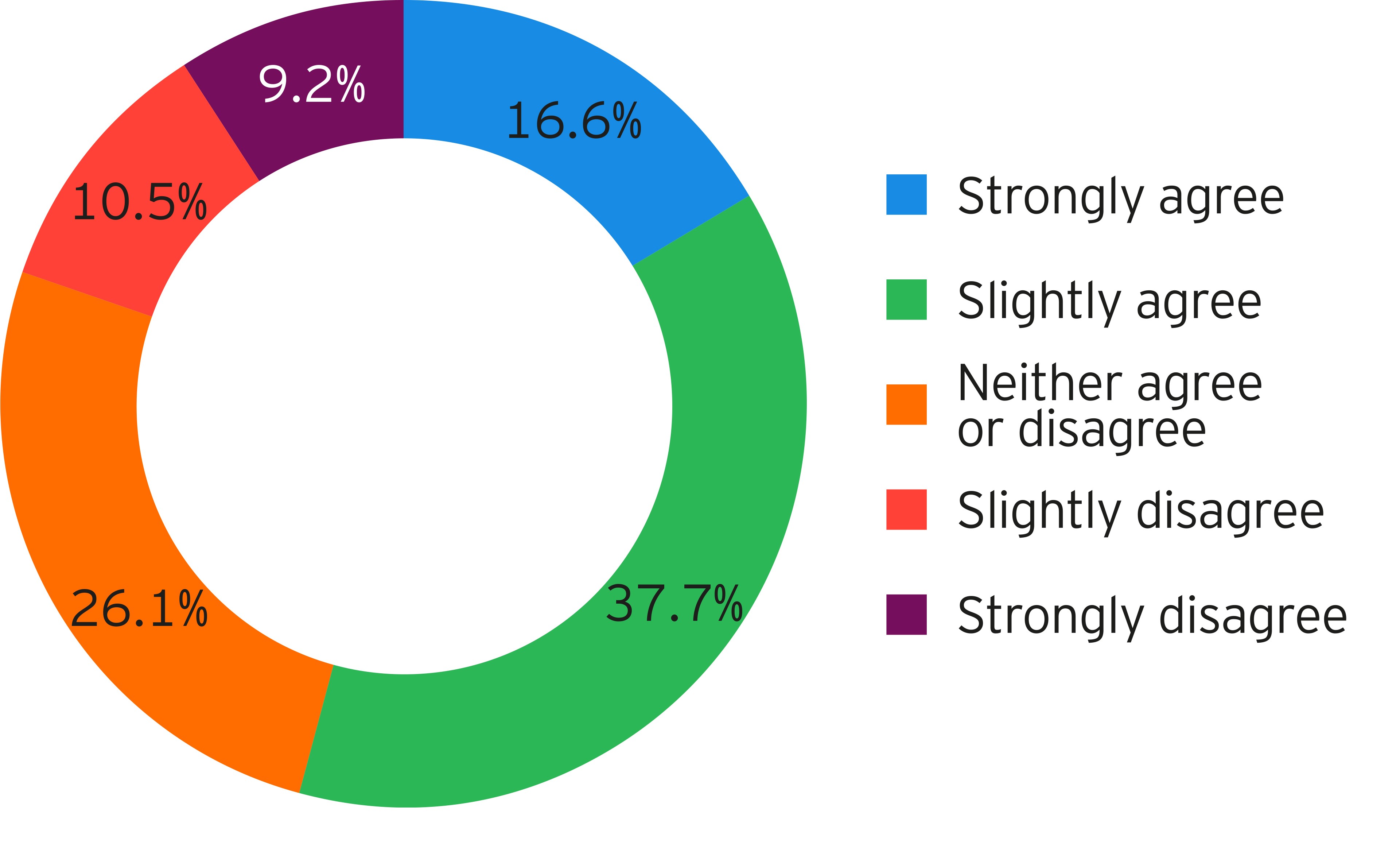
Sellers at my organization are positioned to have a value-based discussion with our clients
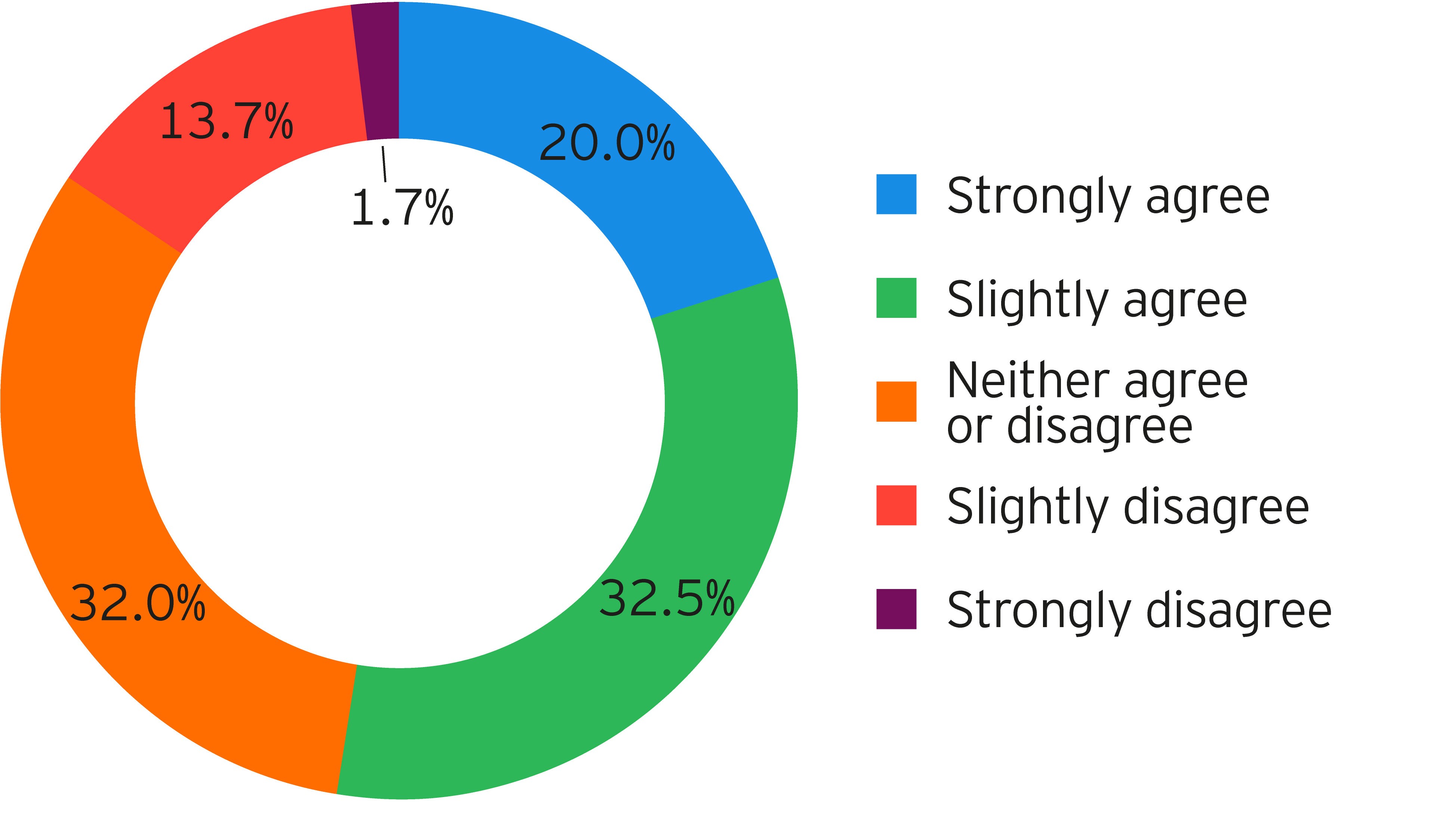
My organization has the right sales skill enablement programs in place to educate my sales teams on the mindset of the modern buyer
What’s more, almost one-third of our survey respondents say their sales and marketing teams struggle with digital selling and solution selling. And 30% identify sales as an area where they plan to hire new talent, while 50% say upskilling through training is needed in their customer success organization. The sales workforce also needs new modern sales compensation plans that motivate the seller in the subscription-based customer buying environment. Sales incentives must support “annual contract value” (ACV) contracts but will also need to pay for expanding the spend on subscriptions. And sales incentives need to recognize that a subscription-based model requires solution selling by an experienced sales workforce.
Drilling down into the implications
Taken together, these topline findings point to three challenging – and closely interrelated – questions for tech companies to ask themselves.
Summary
The global COVID-19 pandemic has been unprecedented, creating new vulnerabilities and unforeseen challenges for all businesses. Across the globe tech companies are moving at pace to subscription sales models – a seismic shift that brings major implications for many areas of their business. In migrating, they’re aiming to increase revenue streams, build long-term customer relationships and ensure smooth, frictionless delivery of products and services. While the move to subscriptions accelerates, companies have much to do, to be truly ready. They need to reorganize sales and marketing functions, reinvent customer engagement experience, and introduce new skills and talent into their organizations.
